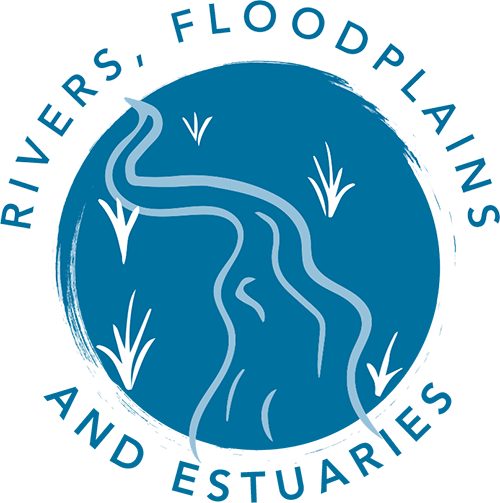
State-wide Outcome
By 2050, actions have been implemented to improve waterway health and the condition of riparian vegetation for improved health and function of rivers, floodplains and estuaries.
Regional context
River systems in the region are significant biodiversity assets, providing habitat for state and nationally listed species including Giant Freshwater Crayfish, Australian Grayling and freshwater snails.
There are 38 estuaries and harbours in the region. Several of these are associated with river systems in remote areas and despite impacts from climate change and natural processes, such estuaries are in good condition. Estuaries in the region provide important habitat for marine fauna and are of significant value for migratory and resident shorebirds.
Agriculture is a major land use in catchments on King Island and in 10 of the 12 catchments draining into Bass Strait. These catchments contribute significantly to the region’s present and future economy as well as providing homes for the majority of our population. Maintaining or improving the health and sustainability of catchments impacted by agricultural and urban land uses has been identified as a high priority for NRM investment through this Strategy. Changes in catchment hydrology can also drive declines in condition of estuaries, riverine ecosystems and habitats as well as impact sustainability of farming systems.
